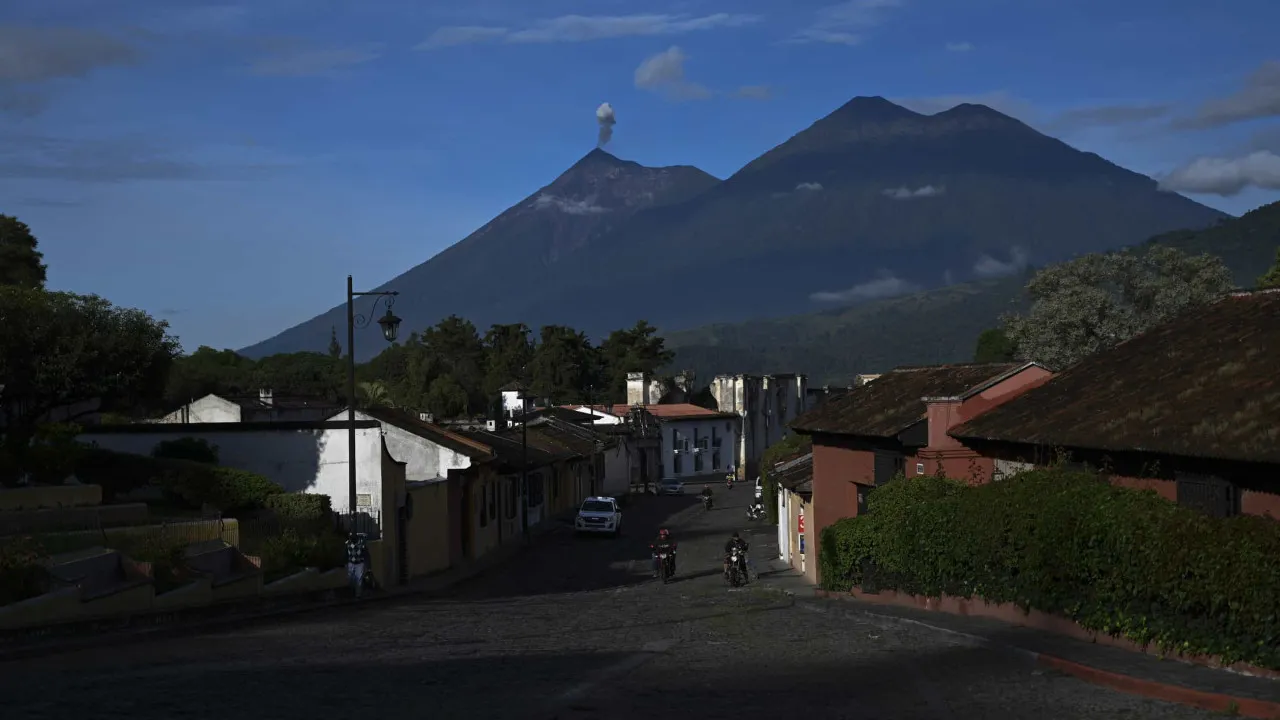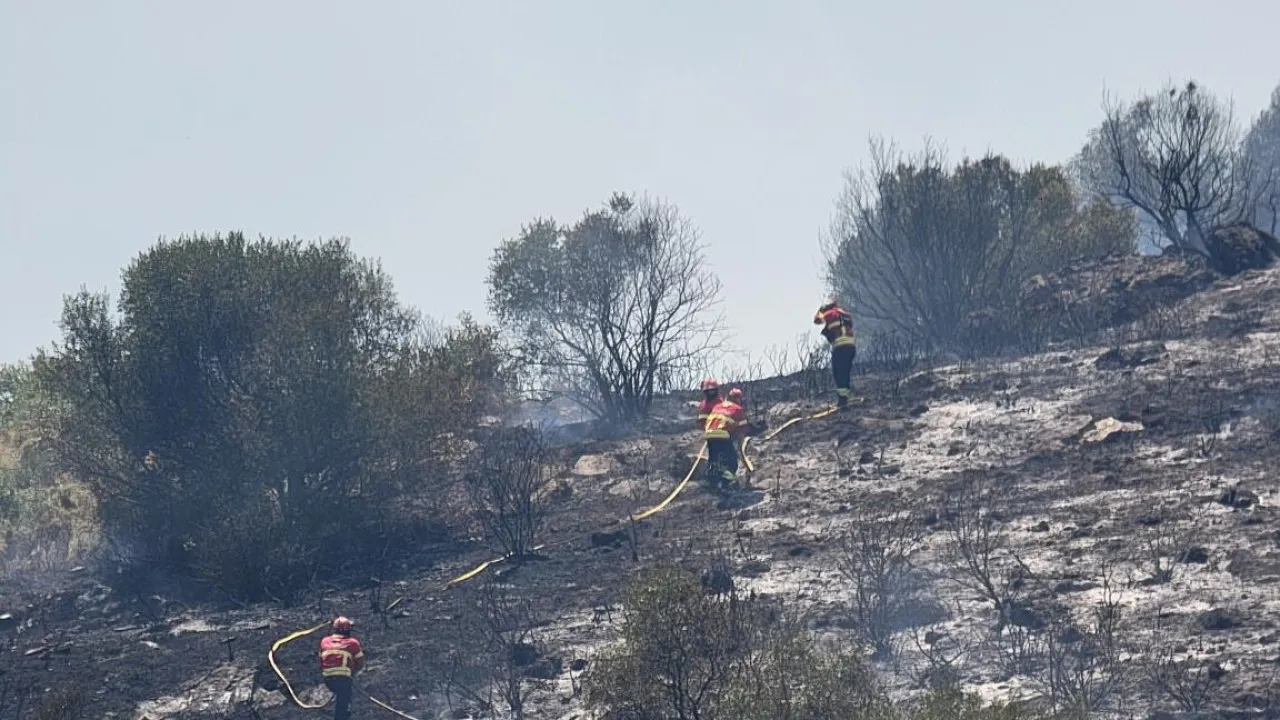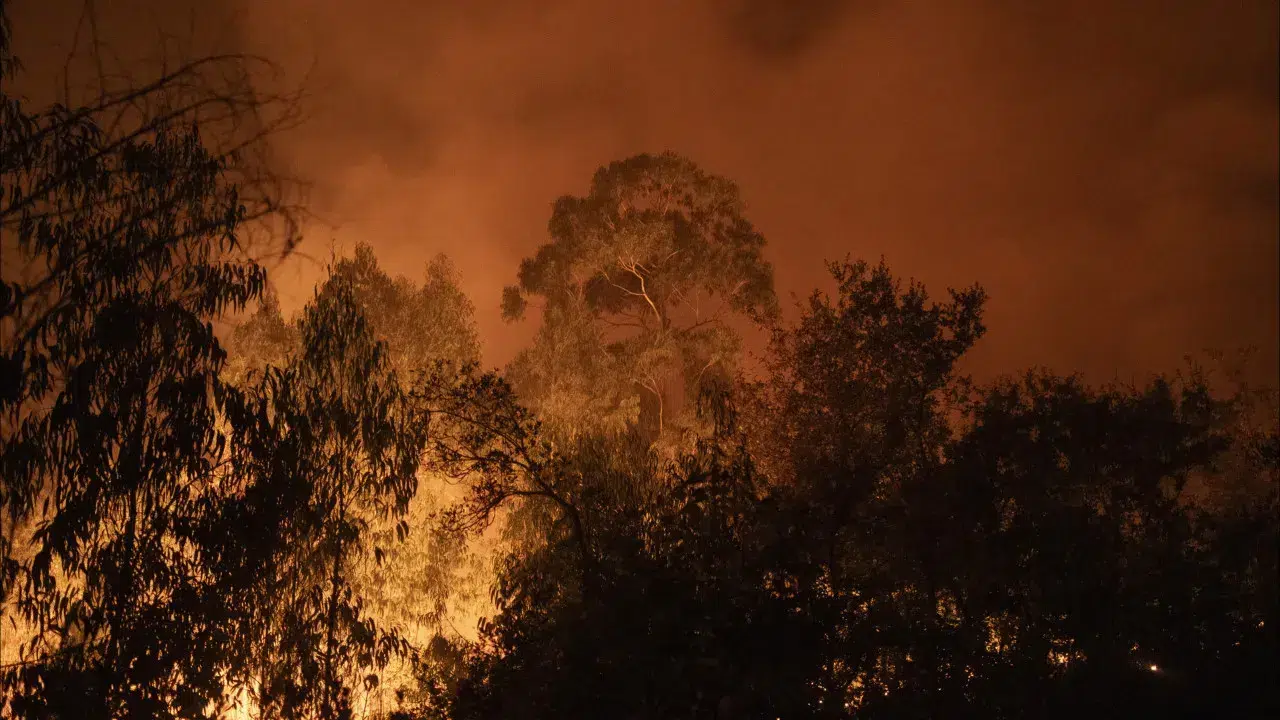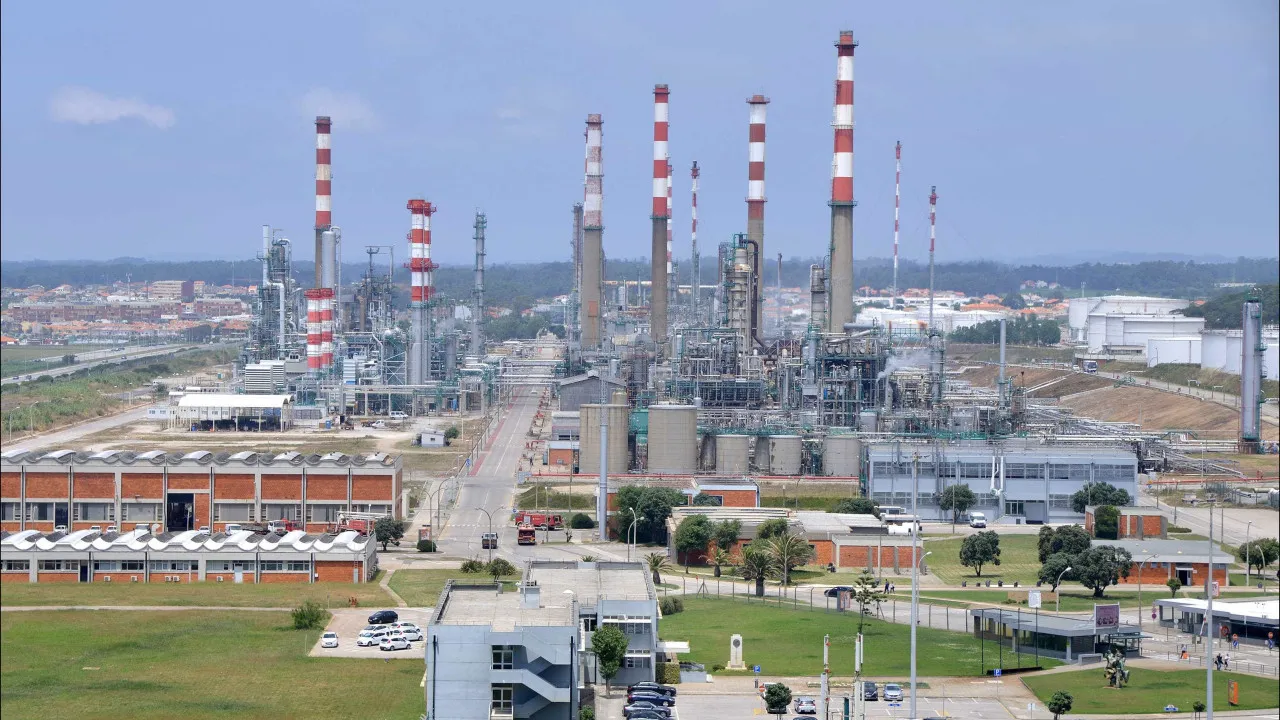
In an interview, researcher Fátima Viveiros disclosed that their study has, for the first time, quantified CO2 emissions from Fogo Island’s three fumarole fields: Caldeira Velha, Caldeiras da Ribeira Grande, and Pico Vermelho.
“The conclusion is that even dormant volcanic areas, which are potentially active, can emit significant amounts of carbon dioxide, comparable to active and erupting volcanoes,” she said.
The study brought together researchers from the Azores Seismic Volcano Surveillance and Information Center (CIVISA), the Institute of Volcanology and Risk Assessment (IVAR) at the University of the Azores, and the Department of Earth Sciences at the University of Palermo (Italy).
To calculate the CO2 emitted by the volcano in the central area of the largest Azorean island, scientists utilized a “technique developed by the University of Palermo” originally applied to the Solfatara volcano near Naples.
The study, published in the scientific journal ‘Applied Geochemistry’, authored by Fátima Viveiros, António Cordeiro, and Alessandro Aiuppa, estimated that the Fogo volcano emits approximately 232 tons of CO2 per day.
“When we sum the contributions of the three fumarole fields of Fogo, the values exceed 200 tons of carbon dioxide per day, comparable to some frequently active volcanoes in South America,” she compared.
Despite these values, Fátima Viveiros emphasized that the emissions do not pose a public health risk because the “gas disperses in the atmosphere”, noting also that access to the fumarole fields is “restricted.”
“The fumarole fields, in terms of accessibility and health exposure, as they currently stand, do not pose health problems if visitors comply with the rules—and this is crucial,” she reiterated.
The professor at the University of the Azores’ Faculty of Science and Technology highlighted the importance of the research for “monitoring the volcanic system”, as the amount of CO2 is a “significant indicator” that is “important to know” for detecting “potential changes.”
Calculating the amount of CO2 emitted is “equally important” due to climate change, she noted.
She mentioned that a study will also be conducted to quantify CO2 emissions from the Furnas volcano on São Miguel Island, followed by studies in all fumarole zones in the Azores.
The study was conducted under the research project MAGAT – ‘from MAGma to ATmosphere’.
The Fogo volcano, also known as the Serra de Água de Pau volcanic massif, features a caldera at its summit, Lagoa do Fogo, which is one of the most well-known landscapes in the Azores.




